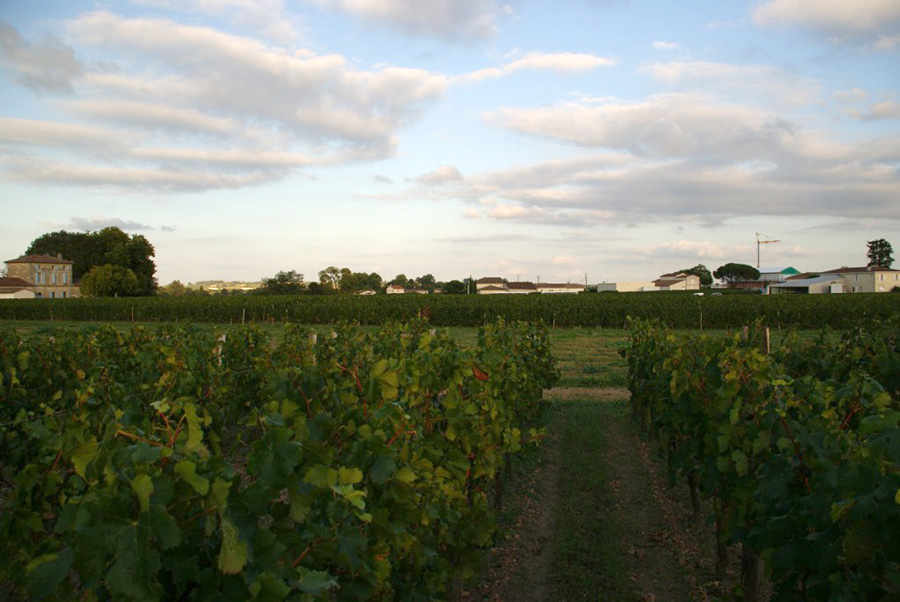Three terroirs for a "Grand Cru"
The three plots of the vineyards of Château La Fleur de Gay; La Fleur, Gay and Groupey; with their geological differences (agrological, pedological) represent three complementary expressions and synergistic in the assembly of this terroir with « aptitudes viticoles exceptionnelles » (exceptional wine-growing skills) that constitutes this high terrace of the Gunz, « la plus ancienne et la plus haute terrasse du Libournais (38 à 40 mètres d’altitude)» (the oldest and the highest terrace of Libourne (38 to 40 metres altitude))1.
The pure clay of Petrus area
The first part of the vineyard of Château La Fleur de Gay, the plot of La Fleur, sandwiched between Pétrus and LaFleur Pétrus, planted with merlot, is based on the “buttonhole” of pure clay (era tertiary (-6 million years)), typical of the 20 hectares of this part of the plateau of Pomerol shared by Pétrus, Châteaux l’Evangile, la Conseillante and Vieux Château Certan in addition to the château La Fleur de Gay.
The clay-gravel soil neighboring château Lafleur
The second part of the vineyard of Château La Fleur de Gay, Gay parcel, adjacent to the château La Fleur, is based on a very thick coat of gravel of the Günz (dating from the first ice age of the Quaternary era between 1.3 and 1.1 million years (Pleistocene)). Although not far from Pétrus, this plot’s feature is the thickness of the gravel mantle pushing clay from the tertiary to a depth of more than 6 meters. It is also for the property a place of election of the grape variety merlot in an expression qualitatively equivalent to the “buttonhole of Pétrus” but stylistically different.
The gravels with a high graining close chateau Trotanoy and Le Pin
The third part of the vineyards of château La Fleur de Gay, parcel of Groupey, is also a terroir of graves gunziennes on clay soil but close to the châteaux Trotanoy, and Le Pin. Despite one of the highest altitude of the upper terrace of Pomerol, the gravelly mantle covers 2 metres 50 of clay basement. This feature is the pledge of a measured but constant water supply. It is on this plot that are planted Cabernet francs of the property, which associates a third expression of finesse and elegance to the merlot grape variety. They find the regular water intake required to their elegance and gravel of particularly high particle size guaranteeing optimal maturity in this unique place
- Enjalbert H. Les grands vins de Saint-Emilion, Pomerol et Fronsac. Paris : Editions Bardi, 1983. La « géomorphologie de destruction » et les terrasses, p 121-14


























